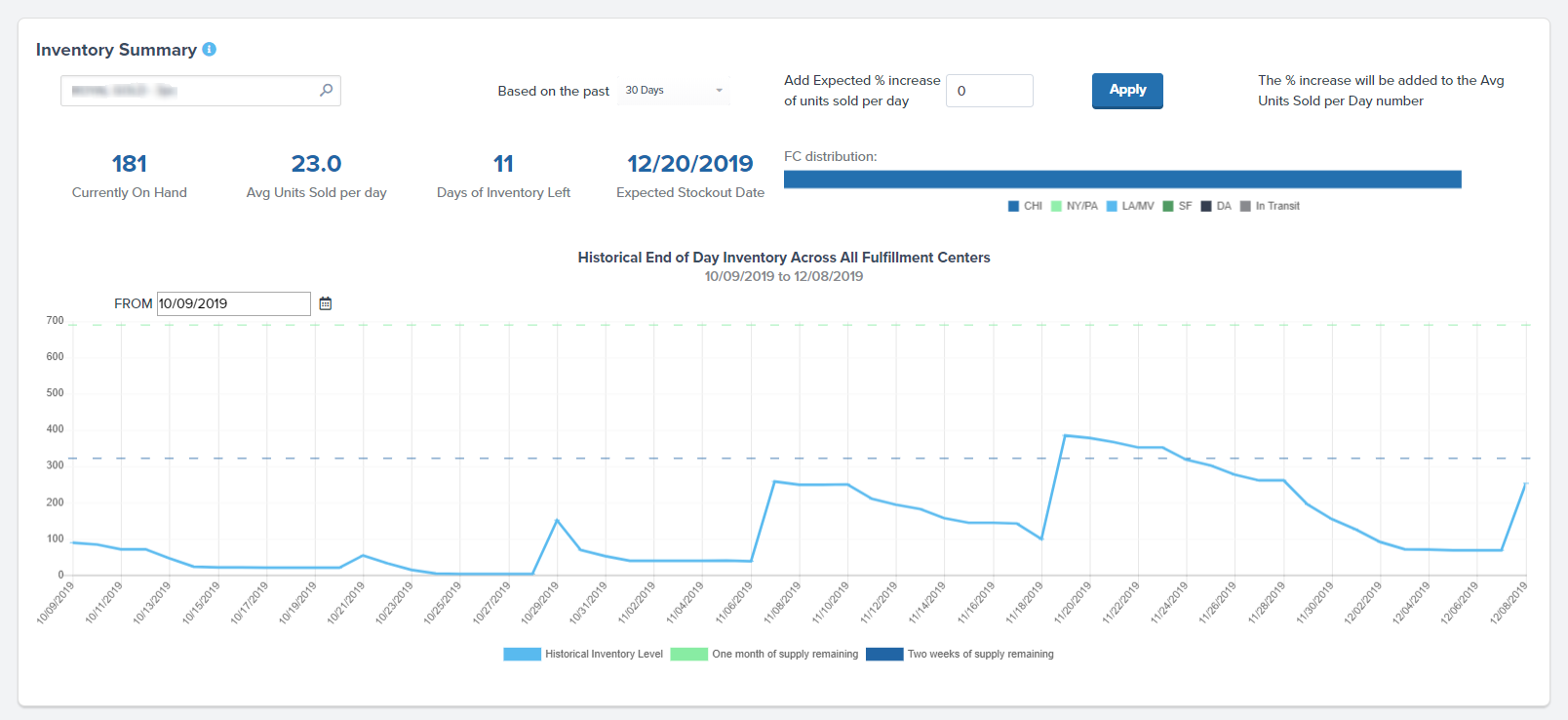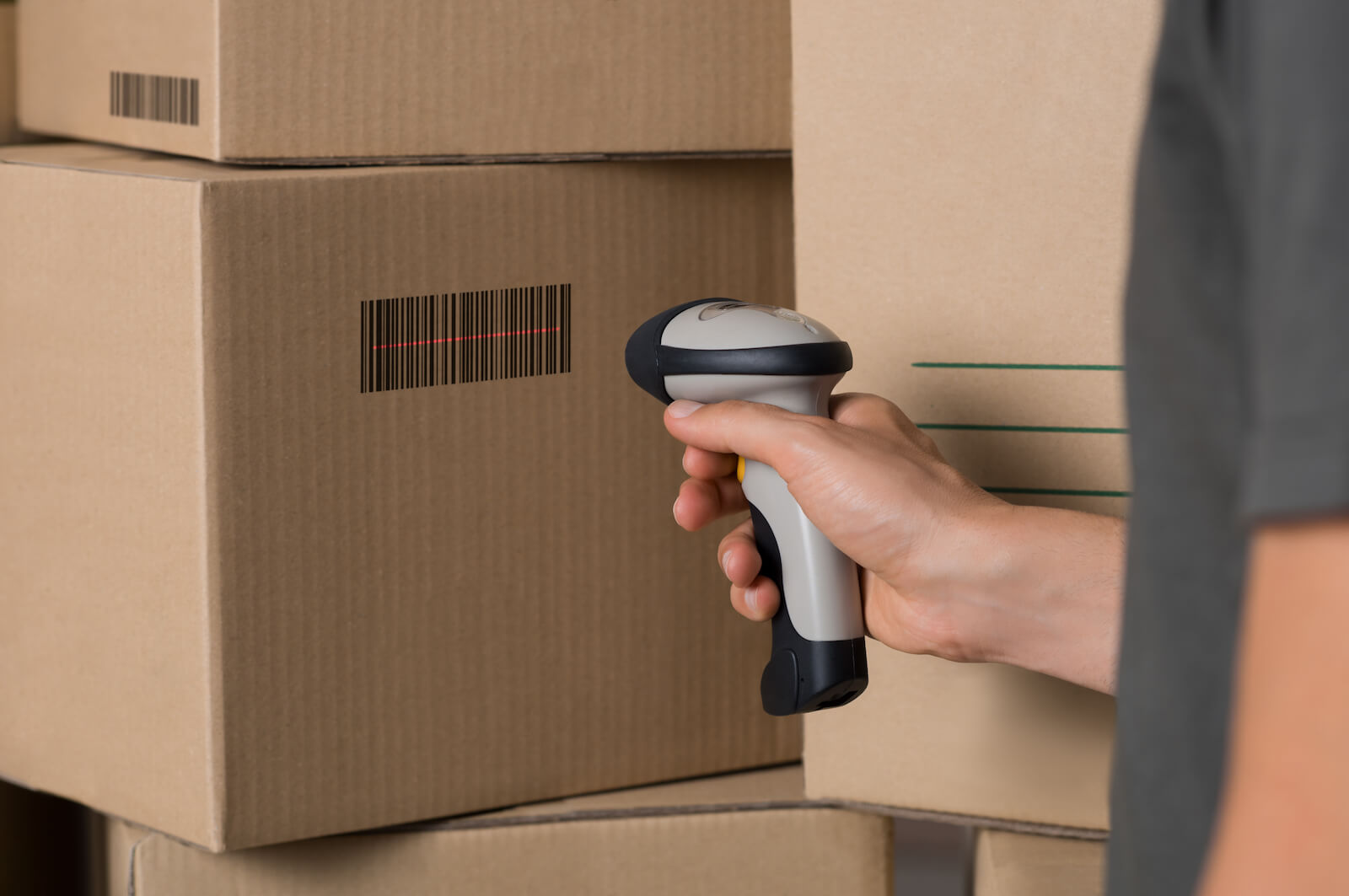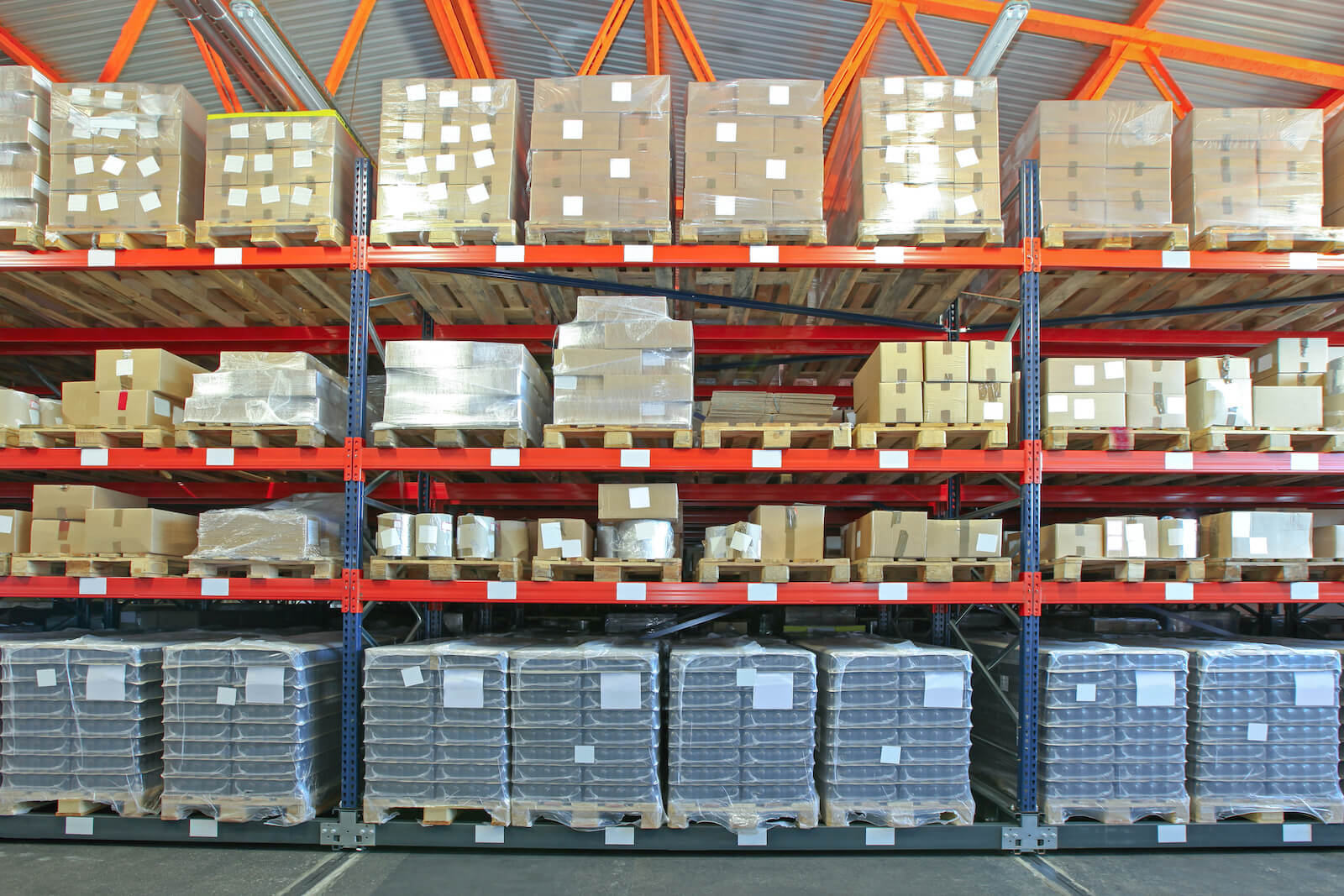Table of Contents
** Minutes
How do inventory scanners work?
The 4 best inventory scanners for inventory management
4 ways inventory barcode scanners improve your business
Scan inventory yourself or let a 3PL handle the work
How a 3PL like ShipBob makes inventory scanning efficient and easy
To effectively scale your ecommerce business, staying on top of inventory management is essential. With proper inventory management, you’re able to track inventory levels in real-time, avoid stockouts, and create a better inventory storage system.
To make the process of tracking inventory easier, a wireless barcode inventory scanner is a tool that’s worth the investment. The use of a barcode scanner is a great ecommerce inventory solution that can help automate and streamline the inventory management process and significantly reduce human error.
Implementing an inventory scanner system is an easy and cost-effective solution that can save time and money in the long run. Read on to learn more about how inventory scanners work and how to use them.
How do inventory scanners work?
Inventory scanners work by scanning the barcode found on the product. Similar to a shipping barcode, the information encoded in the barcode is read by inventory management software and tracked by a central computer system. Inventory scanners are wireless, which makes it easy to scan a product wherever it’s stowed.
The 4 best inventory scanners for inventory management
There are dozens of inventory barcode scanners available for purchase. Many of them can be purchased online and are easy to set up and integrate with your existing inventory and warehouse management system. Here is an overview of four inventory scanners you can order online.
Name of Product | Key Features |
| Brainydeal USB Automatic Barcode Scanner ($30)
|
|
Symcode USB Barcode Reader ($20)
|
|
| NADAMOO Wireless Barcode Scanner ($55)
|
|
| TaoTronics 2-in-1 Bluetooth & Wired Barcode Scanner($56)
|
|
4 ways inventory barcode scanners improve your business
Whether you are the owner of a small or large ecommerce business, an inventory scanner is worth the investment. It provides detailed information about your inventory in an organized manner and reduces several common inventory tracking issues as listed below.
1. Eliminates human error and improves accuracy
Inventory scanners are a more efficient solution compared to counting and tracking inventory by hand, especially if you have hundreds of products in stock. Since the cost of buying and installing an inventory tracking system is also cost-effective, it will save you and your team time and money while significantly reducing human error rate.
2. Barcodes are inexpensive to design and print
Adding barcodes to your products is easy, helps reduce errors, and it doesn’t cost much to implement. You can use sites like Avery.com that offer templates. From there, you can buy labels from an office supply store, print them out, and attach them to products.
3. Inventory barcodes provide better data
By scanning a barcode, you can identify information such as where the product is stored and how much is in stock. By adding a barcode to your product tags, you can easily track inventory by SKU and view how much is in stock and where it’s located in the warehouse. UPC codes or other types of barcode labels make inventory tracking much more manageable.
4. Provides more visibility
The use of barcodes can track much more than just inventory in stock. Product barcodes are used to track when products are shipped from the manufacturer or supplier, to when the product is dropped off at its shipping destination. This allows you to track inventory and orders much more effectively, giving you full visibility into the inventory and order management process.
Scan inventory yourself or let a 3PL handle the work
After implementing an inventory tracking system, businesses can either continuing track inventory themselves, or partner with a professional fulfillment provider, also known as a third-party logistics (3PL), who can take care of warehouse management processes on their behalf.
Managing your own inventory system
Managing inventory and the entire fulfillment process yourself comes with some advantages and disadvantages.
Pros
Managing your own inventory system can be challenging, but it can be a good option to help you get your business up and running during the early stages of growth. It can be cost-effective when you’re first starting out, and it provides you with full control and visibility over the entire process.
Cons
For ecommerce business owners on their way to next-level growth and/or shipping thousands of orders a month, a self-managed inventory system can be detrimental. Much of your staff and resources will be focused on product development and other important business tasks, leaving less time to properly track inventory accurately. At this stage of growth, ecommerce businesses often turn to a 3PL for support.
“Now we’re at two [ShipBob] fulfillment centers. Being able to have the analytics and see how everything is working together has been extremely helpful for me on the operations end. It definitely helps me with inventory management and seeing what’s going on. Even though we’ve grown, I haven’t spent more time on the business from an operations standpoint.”
Dana Varrone, Director of Operations at Organic Olivia
Using a 3PL for inventory system management
Partnering with a fulfillment company to store your inventory and have them provide fulfillment services for you has its own benefits and downsides.
Pros
Using the services of a tech-enabled 3PL allows you to focus on the growth of your business rather than spending time and energy on all things order fulfillment. A 3PL like ShipBob built and operates their own warehouse management system, has pickers wear inventory scanners, and offers built-in inventory management so merchants have full visibility into real-time inventory levels.
By tracking inventory from one dashboard, merchants can tap into historical data for insights into demand forecasting, which can help better predict the best time to restock inventory on the SKU level.
“ShipBob’s analytics tool is really cool. It helps us a lot with planning inventory reorders, seeing when SKUs are going to run out, and we can even set up email notifications so that we’re alerted when a SKU has less than a certain quantity left. There is a lot of value in their technology.”
Oded Harth, CEO & Co-Founder of MDacne
Cons
By outsourcing fulfillment, you might have to give up some control, but that doesn’t mean you’re not given full visibility into the entire process. The right 3PL will offer access to advanced data and analytics that provide insights into fulfillment performance, shipping costs, and more.
How a 3PL like ShipBob makes inventory scanning efficient and easy
ShipBob’s proprietary technology has inventory management features built in to help support our merchants in creating a proper inventory tracking process. We take the stress out of managing your own warehouse and keeping track of inventory by providing the fulfillment infrastructure and technology needed to scale your business.
“We have access to live inventory management, knowing exactly how many units we have in each location. It not only helps with our overall process in managing and making sure our inventory levels are balanced but also for tax purposes at the end of the year. ShipBob simplified the entire process for our accountants and for us.”
Matt Dryfhout, Founder & CEO of BAKblade
From the ShipBob dashboard, you can:
- Visualize SKU velocity and days of inventory remaining on hand.
- Input changes in projected order volume or scenarios to calculate changes in inventory turnover.
- See how much inventory is remaining at each distribution center:


ShipBob receives your inventory at their fulfillment center(s)
Once you connect your store with our dashboard, you will work with our implementation team to start sending inventory to one or more of our fulfillment centers. From there, orders will be automatically sent to the ShipBob fulfillment center with available inventory that’s closest to your end customer to be fulfilled and shipped.
To streamline the fulfillment process, we highly recommend all customers use barcodes for each individual item. This helps us to better track inventory movement in our fulfillment centers. For every movement that happens in our fulfillment centers, a ShipBob fulfillment associate completes multiple scans so every physical action has a digital counterpart. Staff wear inventory scanners and log each action.
In addition, since we own our entire tech stack, we provide full visibility into the entire fulfillment process, from receiving and storing inventory, to shipping orders and managing returns.
Barcodes are updated in the ShipBob dashboard
For accurate tracking, the use of barcodes help ShipBob accurately and efficiently track every phase of the fulfillment process (e.g., receiving, counting, picking, packing, returns, etc.), and insights on inventory and orders can be viewed by the merchant from the ShipBob dashboard. Barcodes should always be physically attached to products and should be well presented and scannable. Learn more here.
Conclusion
Inventory scanners can help make the inventory management process a whole lot easier. If you’re looking to grow your ecommerce business, the ability to track inventory accurately is essential.
To learn more about how ShipBob’s outsourced fulfillment solution can help you grow your ecommerce business with fulfillment and inventory management solutions, contact us by clicking the button below. A ShipBob fulfillment representative will be in touch to discuss custom pricing and how ShipBob works.
Have your own warehouse?
The ShipBob WMS we use in all 40+ of our global fulfillment centers is available for businesses to utilize in their own facility.
If you’re interested in learning more about how our all-in-one platform gives you greater visibility and control over warehouse, order, and inventory management, pick and pack processes, data and analytics, and more, connect with our team to get started.



